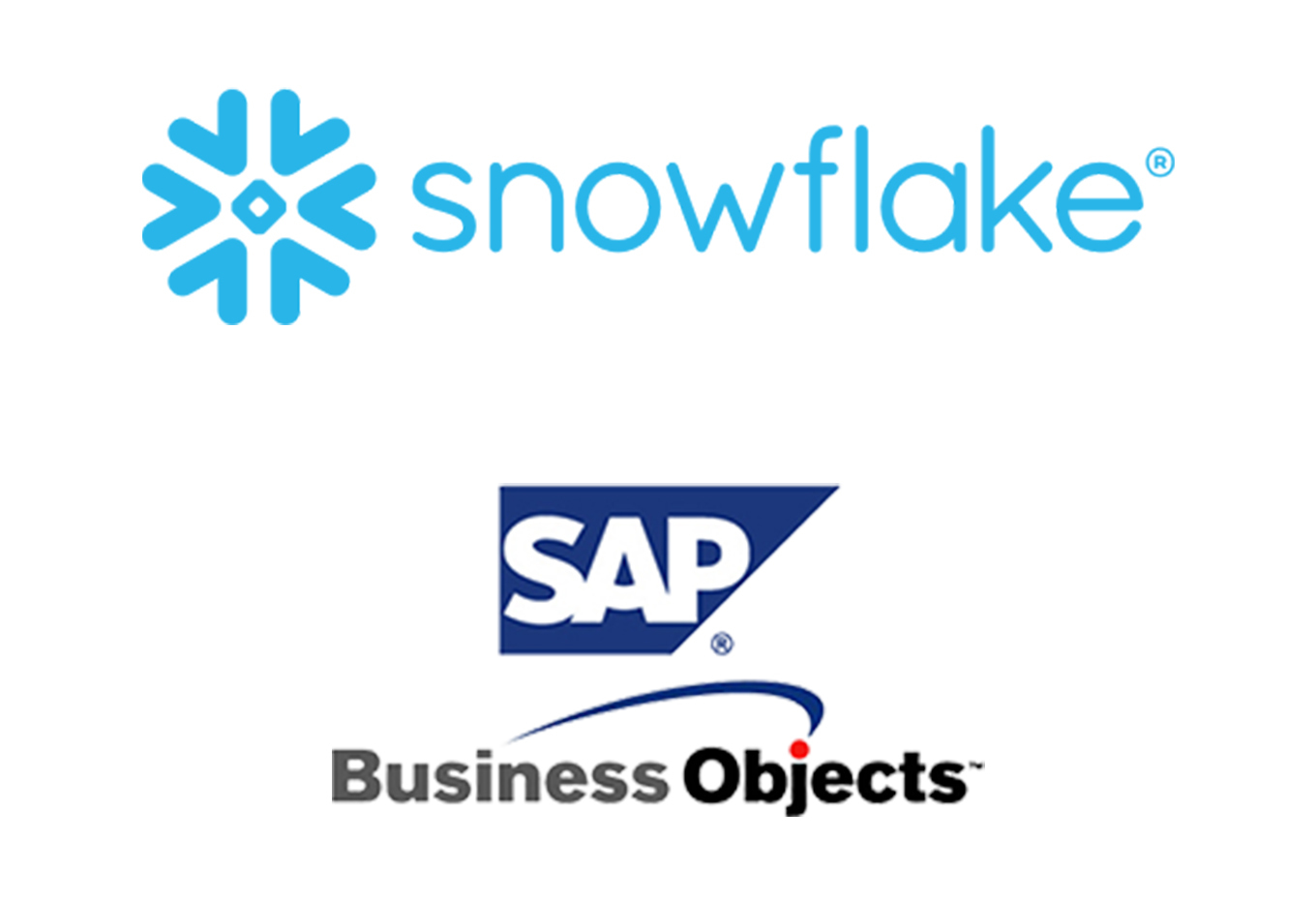Snowflake migration: modernize your BI without comprimising your previous investments.
When you invested in your on-premises infrastructure a few years ago, you may not have anticipated the ever-increasing complexity of the challenges faced by your company's business lines. Now faced with increasingly complex requests that must be completed in a shorter period of time, your on-premises infrastructure is under constant stress and must be constantly reviewed.
Over time, the limitations of your BI infrastructure can cause performance issues that directly impact data consumption. However, being able to quickly consume your data is essential since it directly influences your decision-making, your ability to take action and to manage your company. In addition, maintaining an on-premises infrastructure requires a lot of management and a dedicated team, which can be costly without adding value.
Migrating your data warehouse to the Cloud allows you to address these different issues, but what about your tools? Does a cloud migration necessarily imply upgrading your tools and therefore making a clean sweep of your past investments? Let’s take the example of a migration to Snowflake with SAP BO tools.
The benefits and costs of Snowflake
With its cloud data warehouse, Snowflake has profoundly modernized the way companies do BI. Unlike on-premises data warehouses where the capacity is capped for several users, Snowflake is more flexible. The company pays a fixed cost every month to store a certain amount of data and uses credits to pay for the consumption of its data. This means that we find ourselves with a virtually unlimited computing capacity.
“The great advantage of Snowflake is to offer a great deal of flexibility and elasticity to its users. The users will thus be able to adapt the computing power to their needs and take real action on the problems of infrastructure performance and user competition.”
Where it is easy to determine the cost of an on-premises data warehouse (fixed cost, management cost, maintenance cost, etc.), it is much more complicated to do so with a cloud solution such as Snowflake.
“When you think of Snowflake, you have to think in terms of needs and return on investment. If the computing needs are important, the costs will vary, but this will contribute to a better user experience and therefore ultimately to greater competitiveness.”
Is Snowflake compatible with your historical tools?
Choosing to migrate your data warehouse to Snowflake allows your company to have an infrastructure with virtually unlimited capabilities, including the use of your tools. Upgrading the infrastructure can therefore be complemented by the opportunity to modernize and complete its tools.
However, many companies have invested heavily in the acquisition of licences, software and analytics for business lines in the past. What to do with these existing tools? Fortunately, Snowflake is compatible with many tools and a hybrid approach often allows you to optimize your past investments and keep your traditional tools while modernizing your analytics ecosystem. The “old” tools can therefore be supplemented with “new” tools.

The SAP BO example
Wondering if your SAP BO tool is compatible with a Snowflake migration? Wondering if you need to keep this traditional tool or take advantage of the migration to invest in new tools? All these questions are legitimate, and the good news is that all options are possible according to your needs and investments. So don’t write off SAP BO, because it remains an important foundation on which the business lines are based.
Many clients are leaning towards hybrid systems, using SAP BO for the advanced reporting part and specific dashboard visualization tools (SAP offers its SAP Analytics Cloud tool , but you can also use Power BI, Tableau, Looker, QlicView or Toughspot). Companies continue to benefit from the functionality of SAP BO, amortize its cost, while implementing a more intuitive and modern visualization tool.
In the short term, it will be possible to test the platform with the existing version of BO, but in the medium term, the company will have to migrate to a higher version, which obviously requires a certain investment.
Conclusion
The benefits of migrating your data warehouse to Snowflake are numerous: no more infrastructure management, increased security and most importantly virtually unlimited performance. Thanks to a hybrid approach, upgrading your BI doesn't have to be a complete renewal of your tools. Hybrid models exist and can help you leverage your past investments while increasing your performance.
Other articles
Business Intelligence
agileDSS France at the Rencontres de la Gestion – an insightful discussion on data in insurance
July 2025Nicolas Lepiller
Business Intelligence
Migrating to Microsoft Fabric: Boost your data flows and performance
February 2025Otmane El Idrissi
Business Intelligence
Écosystème de Données et Voies ferrés : Une Métaphore Pertinente
October 2024Tomas Rezek